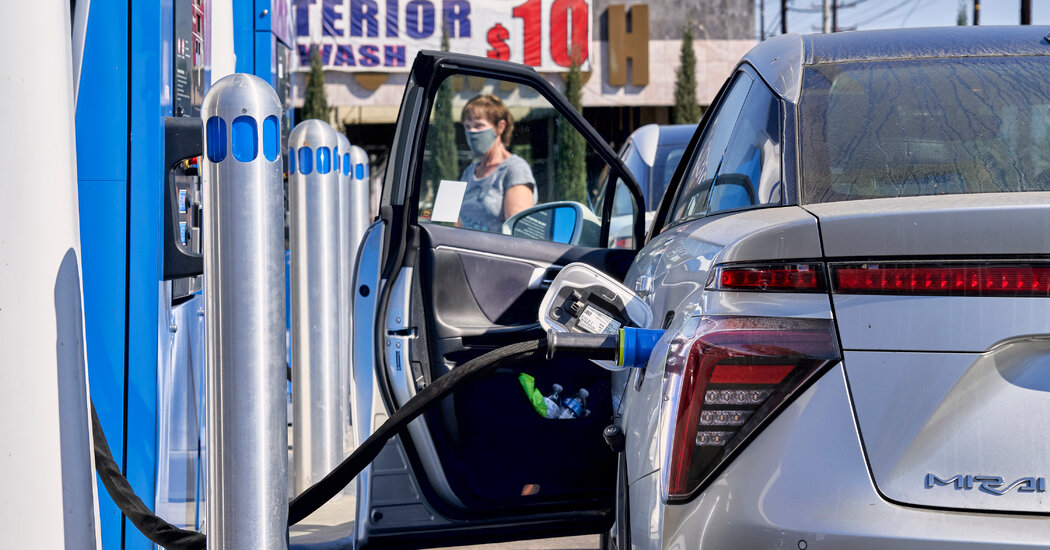
For the foreseeable future, most hydrogen fuel will very likely be made from natural gas through an energy-intensive and polluting method called the steam reforming process, which uses steam, high heat and pressure to break down the methane into hydrogen and carbon dioxide.
Blue hydrogen uses the same process but applies carbon capture and storage technology, which involves capturing carbon dioxide before it is released into the atmosphere and then pumping it underground in an effort to lock it away. But that still doesn’t account for the natural gas that generates the hydrogen, powers the steam reforming process and runs the CO2 capture. “Those are substantial,” Dr. Howarth of Cornell said.
Amy Townsend-Small, an associate professor in environmental science at the University of Cincinnati and an expert on methane emissions, said more scientists were starting to examine some of the industry claims around hydrogen, in the same way they had scrutinized the climate effects of natural gas production. “I think this research is going drive the conversation forward,” she said.
Plans to produce and use blue hydrogen are moving ahead. National Grid, together with Stony Brook University and New York State, is studying integrating and storing hydrogen into its existing gas infrastructure. Entergy, the Gulf Coast utility, plans to use existing oil-industry hydrogen pipeline networks to ship hydrogen to replace natural-gas-fired power.
Entergy believed hydrogen was “part of creating a long-term carbon-free future,” complementing renewables like wind or solar, which generate power only intermittently, said Jerry Nappi, a spokesman for the utility. “Hydrogen is an important technology that will allow utilities to adopt much greater levels of renewables,” he said.
National Grid referred to its net zero plan, which says hydrogen will play a major role in the next few decades and that producing hydrogen from renewable energy was the linchpin.
New York State was “exploring all technologies” including hydrogen in support of its climate goals, said Kate T. Muller, a spokeswoman for the state’s Energy Research and Development Authority. Still, its researchers would “review and consider the blue hydrogen paper,” she said.
Sustainability and Climate Change: Join the Discussion
Our Netting Zero series of virtual events brings together New York Times journalists with opinion leaders and experts to understand the challenges posed by global warming and to take the lead for change.

Average Rating